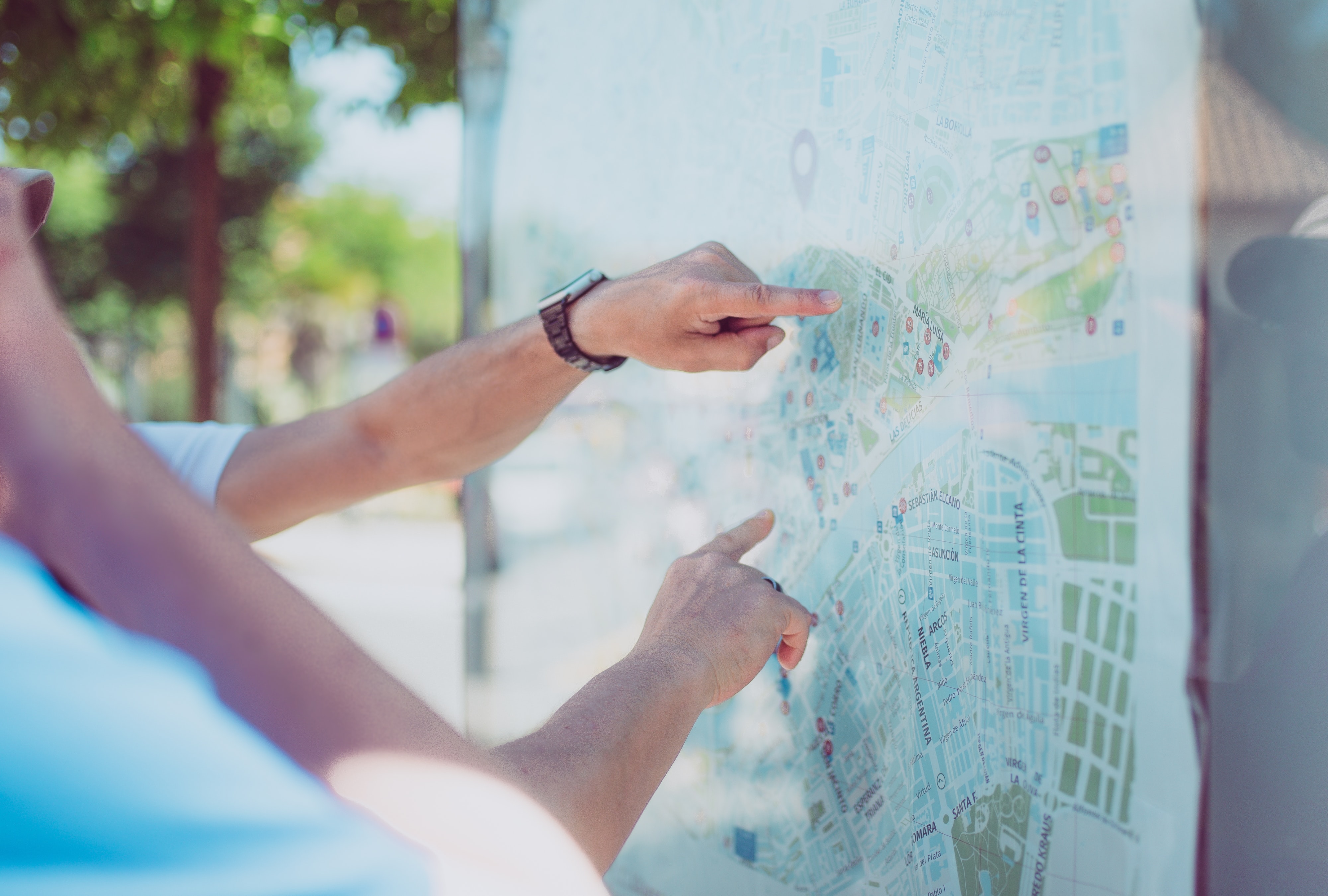If the only thing certain about this world is its uncertainty, why have we still not mastered it? Resilience and optimism can be hard to muster in the face of a global pandemic or sudden business loss. However there are effective ways to work with our psychology to find calm amidst the chaos.
We are hardwired to dislike uncertainty.
People experience greater stress when they are uncertain of an outcome than when they are certain of a negative outcome. In other words, not knowing what’s going to happen next is more stressful than knowing a bad outcome is coming.
Our brains are constantly creating narratives to explain how the world works. When the environment no longer fits into one of our precious narratives, the narrative breaks down. As the narrative breaks, our certainty and emotional well-being breaks with it.
When our narratives break down, fearful narratives can get installed.
We search for a new narrative to quell the stress and restore certainty. This moment of vulnerability is when we turn to the news, world leaders, and family to install a new narrative. This is fertile ground for sensationalized and fearful narratives to take hold as people search for certainty in consensus. This can explain why people chase falling markets during economic downturns, and why leaders make rash decisions during crises.
As a coach for executives and entrepreneurs, I help leaders navigate the highly uncertain environments of leading teams, searching for a new job, and launching new ventures. In this climate of global uncertainty with COVID-19, I see clients creating fearful stories about their future such as, “My company won’t be successful in this recession, so I should just close now,” and “No one is hiring in this market, so I should just take the first job that comes.” These narratives are crippling, disempowering, false and, unfortunately, not uncommon in the face of uncertainty.
So how can we empower ourselves when we feel powerless?
Here are some tools I recommend to my clients:
1. Stay present in your body during uncertainty. As the stress arises, notice what sensations occur in your body. What is the sensation of stress? Does stress have a texture or a color? By observing this phenomenon, we stay anchored in the present instead of going to our brain to analyze all the possible disastrous outcomes. This is mindfulness at its best. Which brings me to point two.
2. Respond instead of reacting. By widening the space between stimulus and reaction, we can find the most optimal response. We can do this by taking at least three deep breaths, by saying, “I’ll get back to you on this,” or by searching for facts to inform the way forward. Making decisions from a place of panic is never optimal, so we also should not decide which mental narrative to adopt when we are feeling panic.
3. Notice the narrative you are telling yourself. When you are in a period of uncertainty, notice what narrative you are telling yourself about the uncertain situation. These narratives inform our emotional state and color our experiences. If you are in a state of fear around uncertainty, ask yourself “What story am I telling myself? Is this story true? What is the cost of me believing this story?” This can create distance between yourself and the story which will help you to choose a more empowering story.
4. Look for facts, not feelings. As your brain seeks to install a new narrative, it’s imperative to look at data and objective truth rather than rely on feelings like fear. You can make a “What-I-Know-For-Sure-List”, or WIKFSL. This list can be facts about the situation at hand, facts about your life, or facts about the present moment. I had a client, Jenny, who was navigating a job search who would make a WIKFSL everyday which included, “I know for sure I’m breathing. I know for sure I have an education. I know for sure I have support. I know for sure I have been through worse.” This helped her to install a new narrative that she is safe in the uncertainty rather than a fearful mental narrative that could cause panic. As a result of this new narrative, she went into interviews with ease and landed a new job in six weeks.
5-.The obstacle is the opportunity. Some companies are moving to remote working solutions and discovering innovative ways to host digital meetings. This is opening up new ways of doing business with their clients. As everyone moves indoors, yoga studios are offering online classes to their students. This is opening new revenue opportunities for digital classes. True innovators believe that every problem comes bearing its own solution and every obstacle is an opportunity for creativity.
Like a diamond being created under pressure, so too do we discover our brilliance when we make brave decisions in the face of fear. It’s most important to remember that uncertainty will not last forever, but what will endure is our resilience.
Follow us here and subscribe here for all the latest news on how you can keep Thriving.
Stay up to date or catch-up on all our podcasts with Arianna Huffington here.


